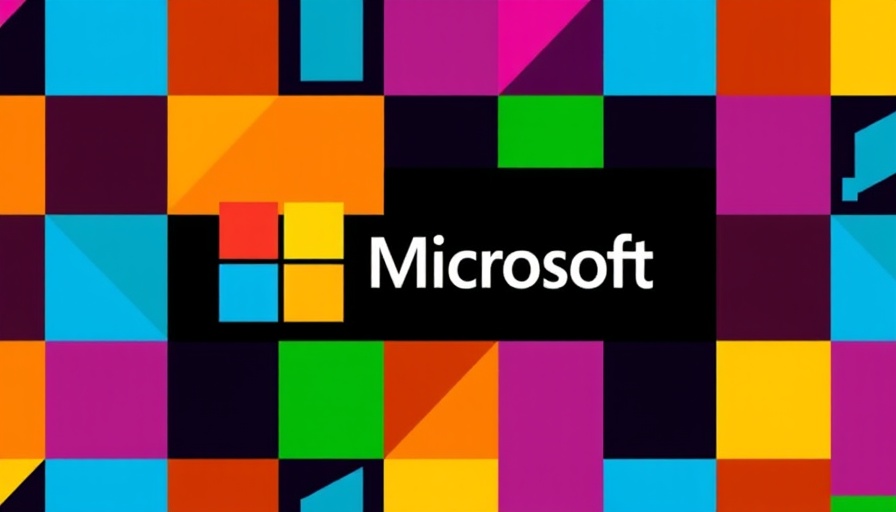
Microsoft Reshapes Leadership Amid AI Transformation: Kathleen Hogan Takes Charge
In a strategic leap towards navigating the complexities of the AI era, Microsoft has appointed its long-standing HR chief, Kathleen Hogan, as the new head of corporate strategy. CEO Satya Nadella announced this transition through an internal memorandum, indicating a shift in focus that could redefine the company's future.
A New Era for Microsoft’s Strategy
Hogan, who has been with Microsoft for over 20 years and has spent the last decade as the chief people officer, is stepping into a role that comes with immense responsibilities. Reporting directly to Nadella, she will spearhead the company’s strategic initiatives, particularly in light of the rapid progression of artificial intelligence technologies that are transforming industries. This marks one of the first times in years that a dedicated visionary will guide Microsoft’s overarching strategy, reminiscent of the days of Mark Penn and Steve Ballmer.
Significance of Hogan's Appointment in the AI Landscape
Hogan's appointment occurs at a pivotal moment when Microsoft is heavily investing in AI capabilities, like the integration of its Copilot AI tool across various platforms. Her extensive experience in shaping Microsoft’s work culture under Nadella’s leadership signifies her potential to drive corporate transformation aligned with the demands of this technology-driven landscape.
Stabilizing the Workforce Amidst Changes
Part of Hogan's new challenge will be to stabilize Microsoft’s workforce during a tumultuous phase marked by recent layoffs. Employees within the company have expressed concerns over the ongoing performance-based cuts that Hogan has overseen. Addressing employee morale and expectations will be crucial as she embarks on enhancing corporate strategy.
Strategic Interpretation of Market Dynamics
Nadella describes Hogan's role as one that involves “interpreting the outside and redefining the inside.” This suggests that Hogan will not only have to respond to the technological changes wrought by AI but also navigate the political winds influencing technology in the U.S. Understanding and adapting to these factors will be essential for Microsoft as it strives to maintain its competitive edge.
Future Innovations and Cultural Resilience
As Hogan takes the reins, stakeholders will be closely observing how her leadership influences Microsoft's innovations, especially in AI. The tech giant has been incorporating advanced features like Copilot AI, which enhances productivity for users, integrating AI functionalities directly into the workflows of various applications. The success of such innovations will heavily depend on Hogan’s strategic vision as she balances investments in technology with organizational culture.
Conclusion: A Strategic Shift for Greater Resilience
As Kathleen Hogan transitions into her new role, Microsoft stands at the brink of significant evolution. By focussing on corporate strategy amid the rapid integration of AI technologies, Hogan has the potential to greatly impact how Microsoft navigates the complexities of the modern workplace. Understanding this transformation not only informs stakeholders but also highlights the importance of leadership in technology sectors facing constant evolution.
In an era defined by swift innovation, keeping an eye on Microsoft’s strategic developments under Hogan will be critical for those invested in AI technology and its broader implications for the future of work.
 Add Row
Add Row  Add
Add 




 Add Row
Add Row  Add
Add 

Write A Comment